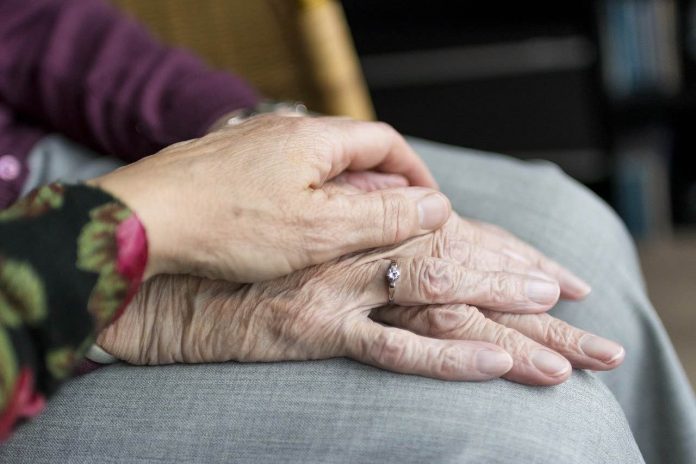Australia is on the brink of aged care reform that is breathtaking.
Following 20 probes, inquiries and royal commissions over 20 years, Canberra has levers to direct $30 billion-a-year into aged care.
Yes, a massive $30 billion every year and more over time with inflation. The Federal Government has already committed an interim $500 million.
The nation has seen nothing like what’s about to follow in the wake of the Aged Care Royal Commission’s 148 recommendations.
But politicians, health practitioners, economic advisers, care organisations and others are deeply divided over how this should all be done: how do we gather, spend and control this huge bankroll?
Even the two commissioners, retired judge Tony Pagone QC and former Public Service Commissioner Lynelle Briggs, have opposing views on how to tackle it.
Mr Pagone says because government controls have failed miserably: “a fundamental redesign is required” with an aged care commission that can control, regulate and maintain quality and safety of care.
But Ms Briggs says only governments have the resources to deliver high quality and safe aged care.
“It would not be acceptable to taxpayers for more than $30 billion of public funds to be handed over every year to non-elected individuals operating outside the direct control of ministers to be spent as they see fit,” she said.
The government now spends $20 billion-a-year on aged care and consumers add another $7 billion from their own pockets.
Australia has been spending at least $27 billion-a-year for so-called aged care.
The royal commission has revealed that about 18 per cent of nursing home residents have been sexually or physically assaulted and about 68 per cent are malnourished or close to it.
Psychotropic drugs were administered to 60 per cent of residents and more than half were in aged care facilities with unacceptably low levels of staffing.
The commission has called for an effective system of universal entitlement: a right for all older Australians to have access to quality aged care services when and where they need them.
The shift from what we have now to what is needed is going to take an enormous effort, as the population ages.
People aged 85 and over will increase from 500,000 (two per cent of the population) in 2018 to 1.5 million (3.7 per cent of the population) in 2058.
This “will coincide with the number of people available to take care of them”, the commissioners noted.
They set targets: clearing the 100,000-strong waiting list for home care packages, new training standards and a national registration scheme for care workers, a new star rating system for care providers, a timetable to introduce minimum staffing levels in nursing homes and limits on who can prescribe drugs to people in aged care.
They also called for an urgent review into nutrition standards for food in nursing homes.
Over 28 months, the commissioners have heard from 641 witnesses with 10,000 written submissions, 6,800 phone submissions and mountains of research papers.
“Many witnesses gave harrowing accounts of their or their loved one’s mistreatment in nursing homes or by in-home carers,” reported Stephen Lunn in The Australian.
Canberra, over the lifetime of several successive governments, will now have to chart and follow the course to massive, essential improvements to aged care and how they will fund it.
Possibilities are: a lifelong levy on workers’ pay, a fee for aged care consumers and a new tax (not politically palatable in Canberra, apparently).
Australia’s attitude to aged care is about to change. We await the bottom line.





























